In the morning, we set out for a pilgrimage to Gallipoli—a sacred site to our group of 35 Australians on the coach.
We drove from Canakkale, where we had spent a lovely day that included a swim in the clear, lovely waters of the Dardenelles and the group frolicking in the hotel pool.

We received emails and messages from Australia that bushfires threatened the 1st World War battle site of Gallipoli. Ahmet said we should try our best to visit the battle site after visiting the museum and war memorial. We were all apprehensive—all the people on the coach had signed up for the tour with the expectation that it included a pilgrimage to Gallipoli—which is an Australian ‘Hajj’, much like the Muslim pilgrimage to Mecca once in a lifetime.
We thought that we may need to be satisfied with a swim in the Dardanelles as compensation!
In order to appreciate the photos I have added something about Gallipoli.
On 25 April 1915, the Anzacs landed on the western side of the Gallipoli peninsula with the loss of 5,000 casualties. The landing site became known as Anzac Cove.
General Sir Ian Hamilton decided to make two landings, placing the British 29th Division at Cape Helles and the Australian and New Zealand Army Corps (ANZAC) north of Gaba Tepe in an area later dubbed Anzac Cove. Determined Ottoman troops quickly contained both landings, and neither the British nor the Anzacs were able to advance.
Trench warfare quickly took hold at Gallipoli, mirroring the fighting on the Western Front. At Anzac Cove, it was particularly intensive. Casualties in both locations mounted heavily, and in the summer heat conditions rapidly deteriorated. Sickness was rampant, food quickly became inedible, and there were vast swarms of black corpse flies.
In August, a new assault was launched north of Anzac Cove against the hills around Chunuk Bair. This attack, along with a fresh landing at Suvla Bay, quickly failed, and the stalemate returned. Finally, in December, it was decided to evacuate – first Anzac and Suvla, followed by Helles in January 1916.
Some 8,700 Australians lost their lives, and some 18,000 were wounded during the campaign.

The museum photos and outdoor exhibitions told so many stories.
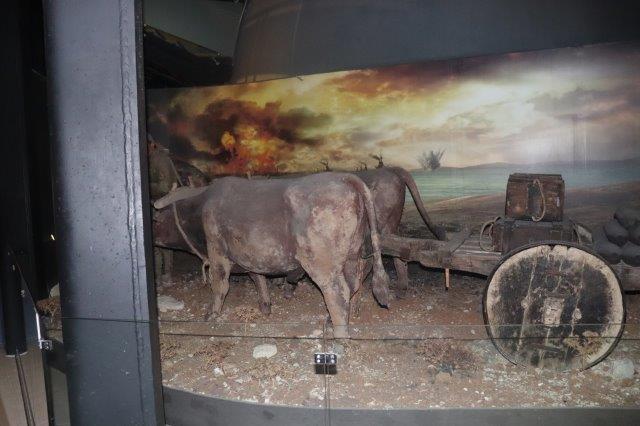

After we visited the museum and outdoor exhibitions, we set off to the battlefield. We were terribly disappointed when officials told us that the site was closed as the fires were threatening the gravesites.
We set off to visit Troy nearby. The temperature hovered around 36 degrees with high humidity as we sought the shelter of the coach. Our spirits rose as we disembarked and followed Ahmet into the ancient city of Troy.
The city of Troy is near the Dardanelles and the Aegean Sea. We saw the movie about Helen of Troy so we were anxious to see any evidence about Helen and the horse and hear the stories about the Trojan War, as described in Homer’s Iliad.
Ahmet tried his best as we followed him through the extensive ruins. We were still smarting from being turned away from Gallipoli.
We were to discover that the Greek and Roman ruins were in the minority; most of the ruins looked very much like the Zimbabwe ruins in Zimbabwe and Mpumalanga in Southern Africa!
This is what Ahmet told us:
- Nobody knows for sure, but legend tells us that the city of Troy was central to the Trojan War, which was fought between the city of Troy and the Achaeans (Greeks). In the film that everyone in the group had seen, the war began when the Trojan prince Paris abducted Helen, the wife of the Spartan king Menelaus.
- In the final stages of the war, Achilles, Hector, and Odysseus feature prominently in the film. We imagined Achilles prancing around with his huge sword!
- Everyone wanted to see some evidence of the Trojan Horse. There is a huge one being built there—part of a theme park!
Ahmet told us that the German archeologists were not that good with excavations—destroying many of the sites and also damaging others. There is a lot of excavation occurring presently, but much more carefully and professionally.
Archaeologists have uncovered multiple layers of settlements, showing that the city was rebuilt many times over the centuries. Excavations show that Troy was a thriving city during the Bronze Age, likely founded around 3000 years BC. It had significant cultural and economic connections with the civilizations of the Aegean, Anatolia, and the Near East.
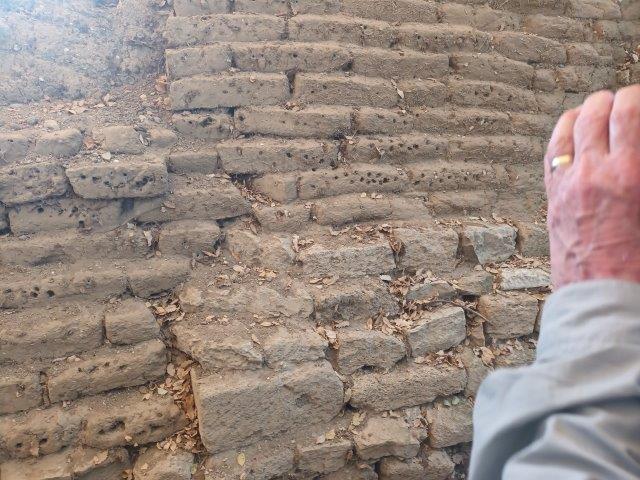
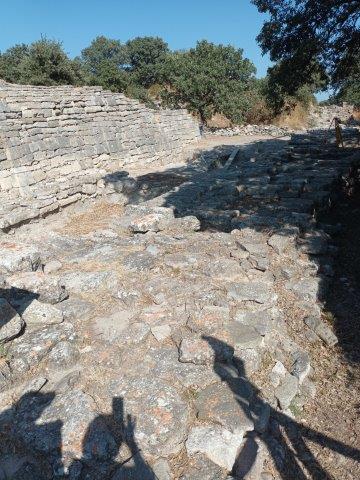
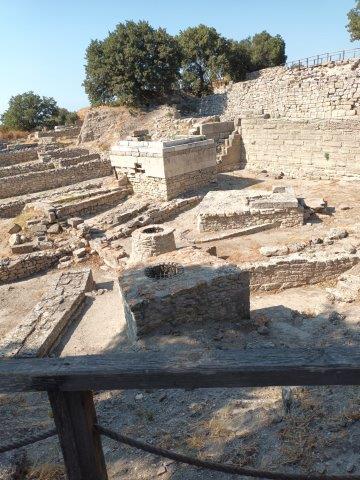
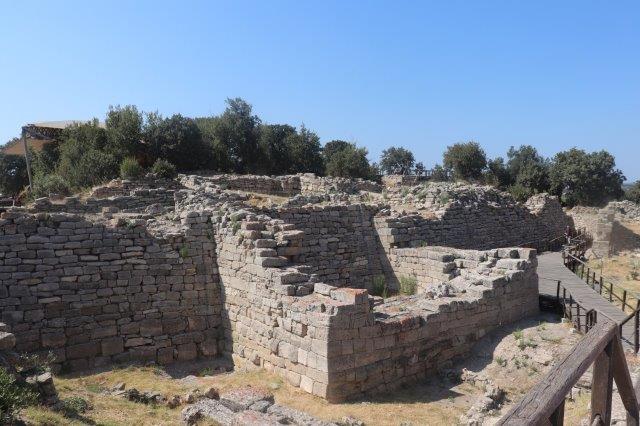
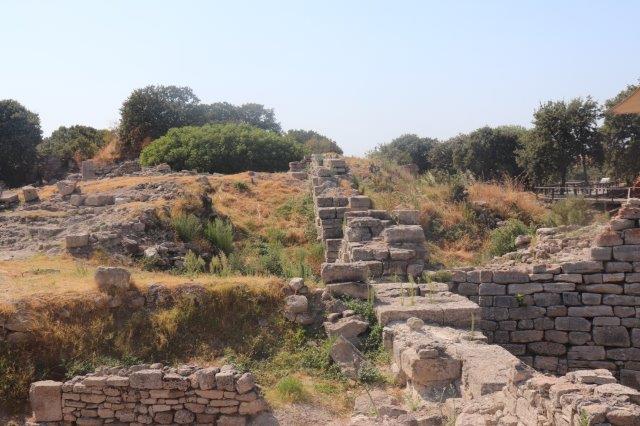

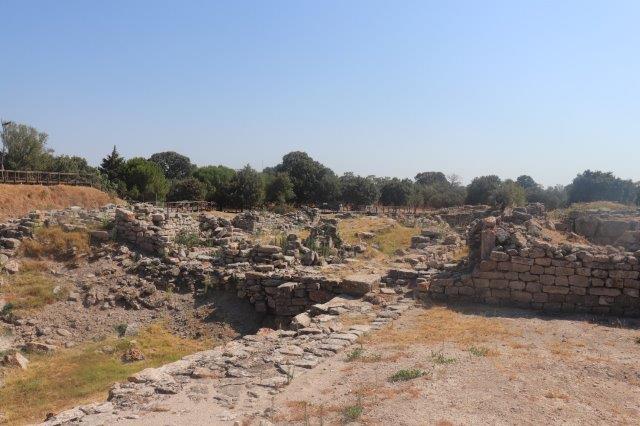
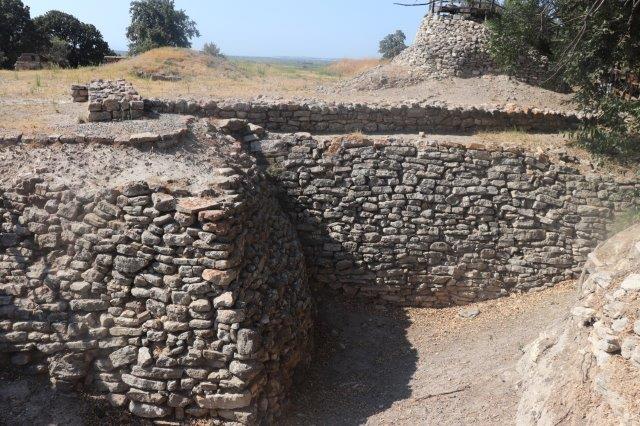






We returned disconsolately to Cannakale for another swim and a compensatory evening meal at the hotel, where we consumed many beers.